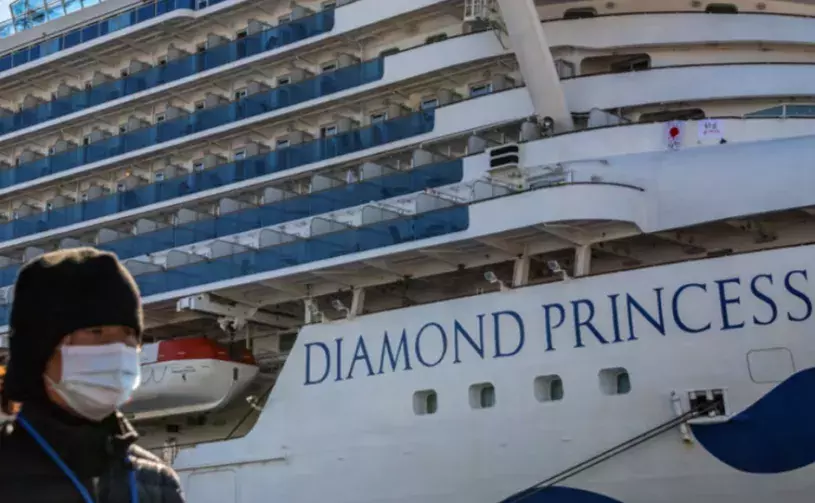Error message

This report deals with governmental, corporate, and international policies and decision-making toward pandemic response aboard cruise ships and at ports. Focusing primarily on two case studies that took place in February 2020—the Diamond Princess and the MS Westerdam—this briefing document highlights relevant policies that were and were not employed, assesses the effectiveness of these policies, and considerations for policymaking in the future.
The report on the Diamond Princess and Westerdam incidents also serves as case studies on crisis decision-making employed by governments, departments, corporate offices, and individuals. In these case studies, the authors acknowledge that decision-makers responsible for the safety and security of cruise ship passengers were thrust into high-pressure, time-sensitive, and consequential situations where ad-hoc choices needed to be made with insufficient data, intelligence, or expertise. The broad categories of discussion are disease control upon the ships, repatriation efforts, government relations, and cruise industry considerations. The report begins by identifying the major events and decision-makers associated with the Diamond Princess and Westerdam case studies, then discusses government responses and repatriation efforts, and concludes with broad thematic discussions of external factors that shaped events and choices faced by institutions and individuals.
In writing this report, the authors do not intend to cast blame or fault any specific individual or party, but rather review and analyze the case studies in order to provide new perspectives on how official policies, procedures, and best practices work and impact crisis decision-making.
This report deals with governmental, corporate, and international policies and decision-making toward pandemic response aboard cruise ships and at ports. Focusing primarily on two case studies that took place in February 2020—the Diamond Princess and the MS Westerdam—this briefing document highlights relevant policies that were and were not employed, assesses the effectiveness of these policies, and considerations for policymaking in the future.
The report on the Diamond Princess and Westerdam incidents also serves as case studies on crisis decision-making employed by governments, departments, corporate offices, and individuals. In these case studies, the authors acknowledge that decision-makers responsible for the safety and security of cruise ship passengers were thrust into high-pressure, time-sensitive, and consequential situations where ad-hoc choices needed to be made with insufficient data, intelligence, or expertise. The broad categories of discussion are disease control upon the ships, repatriation efforts, government relations, and cruise industry considerations. The report begins by identifying the major events and decision-makers associated with the Diamond Princess and Westerdam case studies, then discusses government responses and repatriation efforts, and concludes with broad thematic discussions of external factors that shaped events and choices faced by institutions and individuals.
In writing this report, the authors do not intend to cast blame or fault any specific individual or party, but rather review and analyze the case studies in order to provide new perspectives on how official policies, procedures, and best practices work and impact crisis decision-making.




